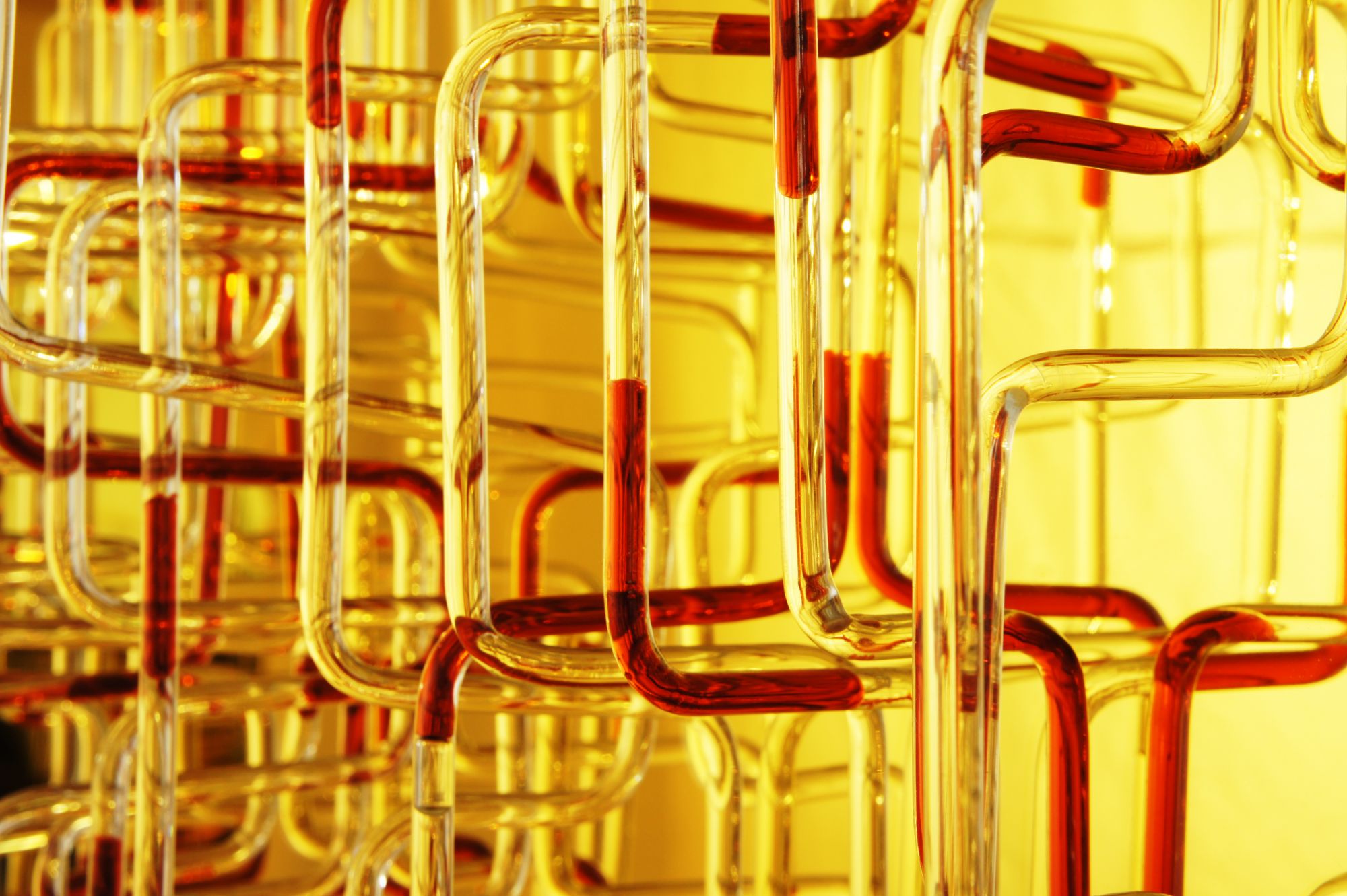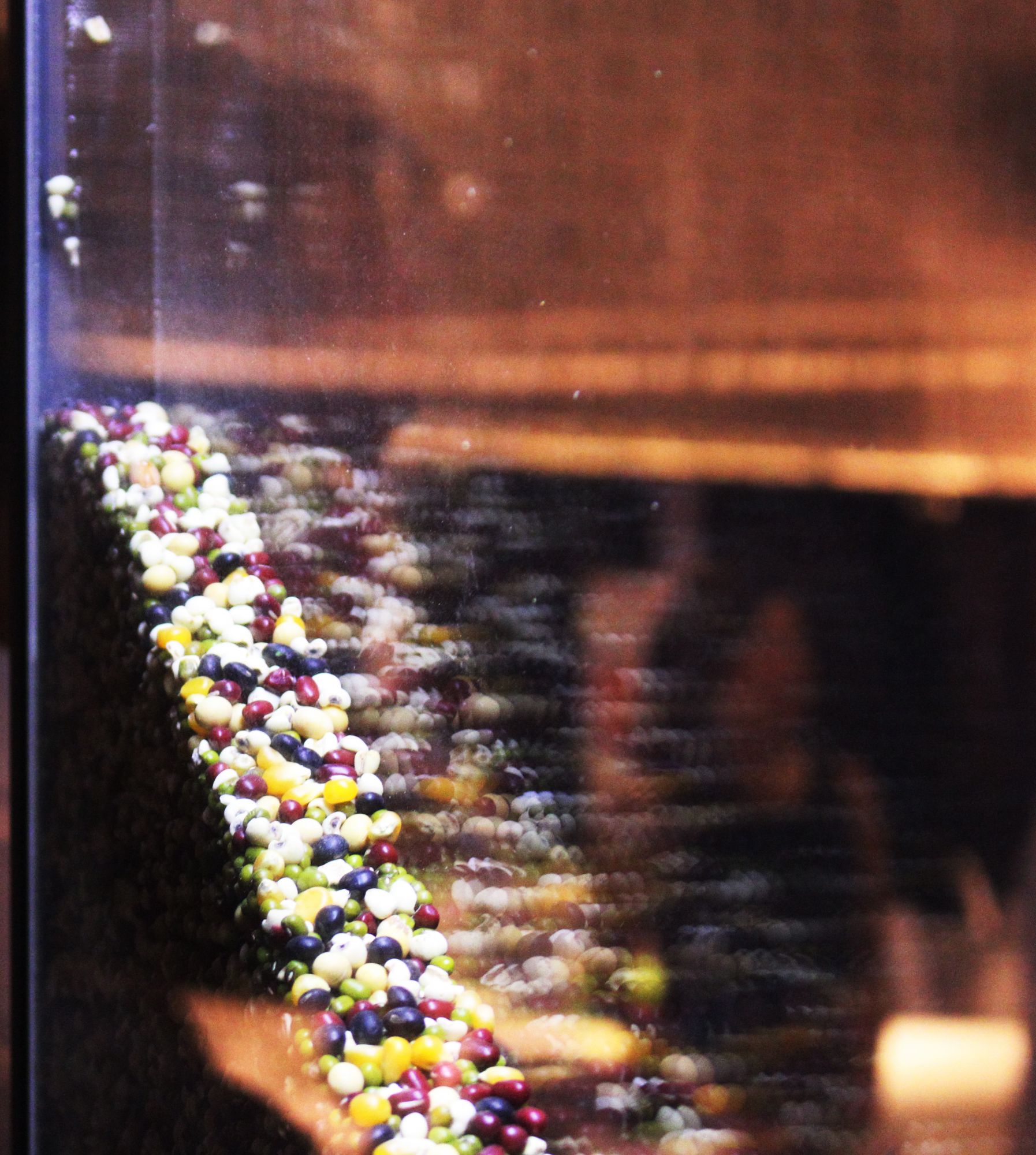Here's how one of Taiwan's top new media artists plans to tackle the global apathy to our warming planet
Turn on any television or flick through any paper and climate change is finally making headline news. But it is in the art world—which is so often at the fore of global issues—where issues are being tackled with real tact and sensitivity. Although the question remains: while the intentions are certainly there, can art really help the public understand the issues at hand, and inspire them to adapt their lifestyles and stand up for change?
In a recent paper published in the journal Psychology of Aesthetics, Creativity and the Arts, a group of research scientists studied visitors’ reactions to artworks scattered throughout Paris to coincide with the World Climate Change Conference. They concluded that if art manages to strike the right balance of emotions, artists do “have the potential to retell the stories of climate change in a way that activates the slumbering potential in our societies.”
One man who is planning to optimise this potential is Ivan Liu. Through his Taipei-based new media art brand, Legacy Lab, he uses the latest technology to create haunting pieces. “Our works stem from research of new materials, technology and natural phenomena, lying on the borderline between science and contemporary art,” he says, on the phone from Taipei.

Founded in 2013, Legacy Lab is an award-winning creative studio that consists of multi-disciplinary artists, designers, engineers and scientists. “New media art literally means creating a new medium through which to show art: the medium is what allows us to share content and messages, meaning we have the freedom to not only create new content but find which vehicle carries that content.”
This means that Liu and his team can focus on the content first and then work out the actual form afterwards. As passionate believers in environmental preservation and social change, it’s no surprise that a number of their works have had a message Greta Thunberg would definitely approve of.
“Talking about climate change is really important to us, and we have done a lot of research on related issues, such as food insecurity, and science-based stuff,” he says. “Then, once we have decided what art format is going to be useful for tackling these subjects, we develop new tools and an SOP [standard operating procedure]. Then, once we have mastered our new medium, we put the content in, followed by colour or sound. That’s the end of the creative process. After that, we go into making sure the machine actually works, which takes a really long time.”
For his most recent piece, The Rice-Pile Model, he has created a device that releases randomly selected particles of grain onto a slope made of seeds. Once enough pieces accumulate, they topple and create a microscopic avalanche. This motion is captured by the camera, which connects to a computer that translates this micro motion into a dramatic sound from nature: think earthquakes, rainfall or avalanches.

